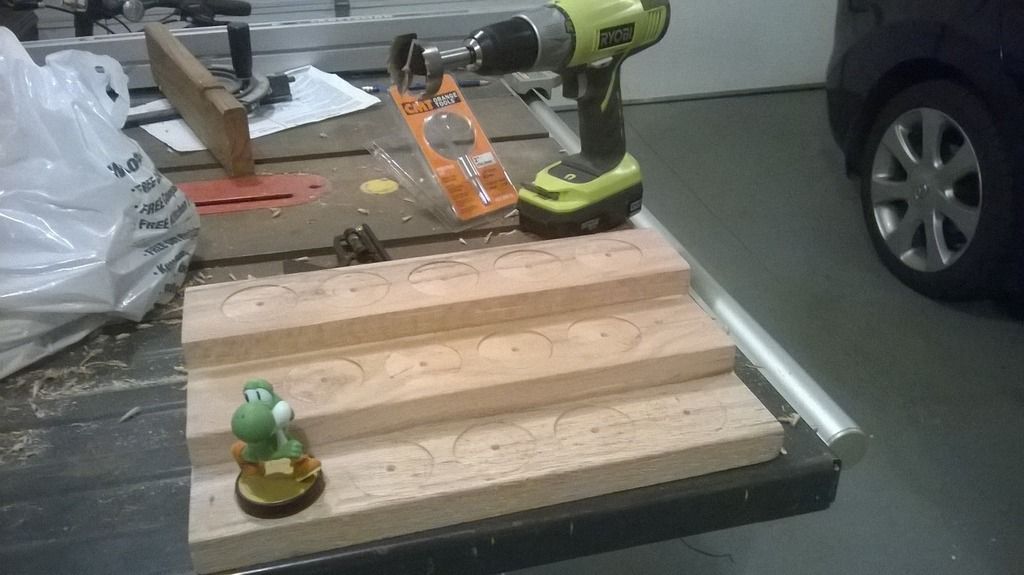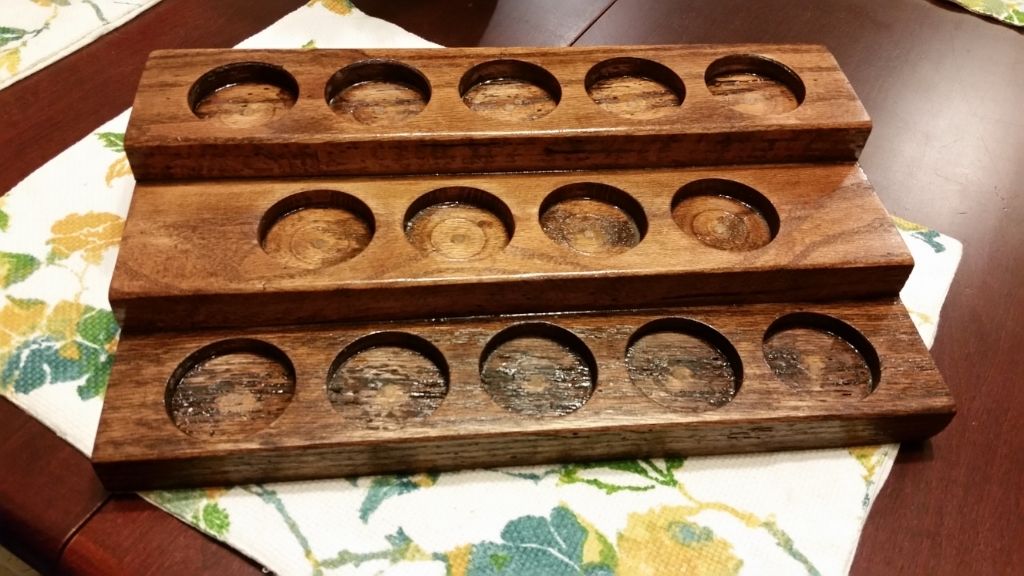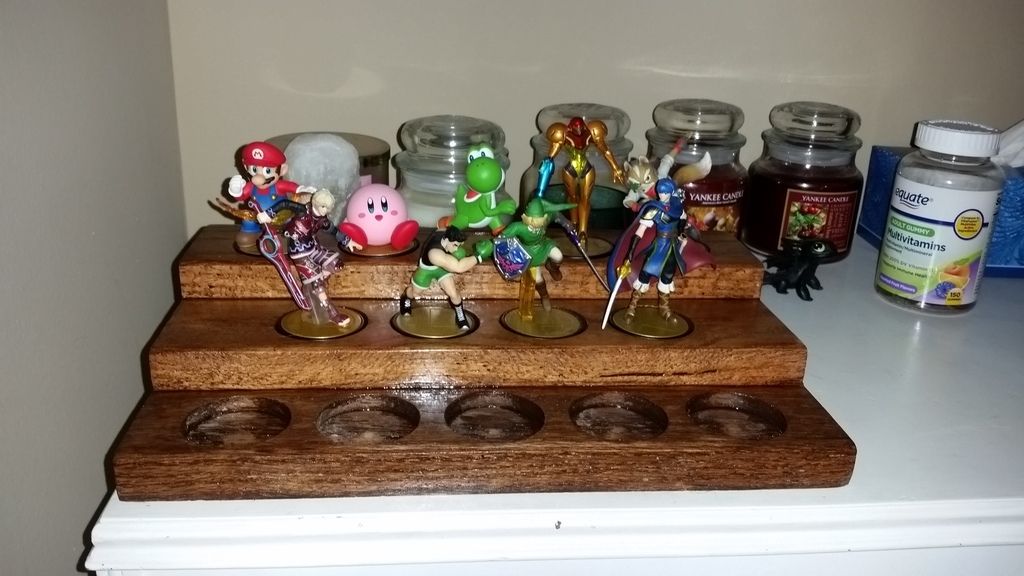bennywhatever
Member
I don't have much advice for home repair but I'm into repairing old ghetto blaster boomboxes and other electronics.
I work in IT but I always feel much more accomplished getting old stuff like this working. I think troubleshooting the issue accurately is one of the most important parts. Being aware of what goes wrong with older stuff. If you're repairing old electronics the things to look for are universal:
-Rubber components withered away into goop
-Broken brittle plastic
-Failing capacitors
-Broken solder joints
-Corrosion
-Power supply issues (Also, fuses. You never know what a prior owner plugged into something so it's always good to check for a blown fuse)
Being able to track down and fix these things is doable for any laymen and you really don't need to know any advanced theory or anything to get a job done.
That said, if you truly want to fix old electronics and bring them into perfect working order you have to track down the service manual from the manufacturer. Sometimes you might even have to break down and buy a printout of a PDF on ebay or something because they can be incredibly difficult to track down and people use that opportunity to make money. Just recently I fixed some convergence issues on a K7000 arcade monitor even though I have no experience doing such a thing. I was able to read how they did it in the service manual and that was enough. It's not perfect yet but good for a first try.
Track down those service manuals!
This is awesome. I have an uncle that does the same kind of repairs that you do, and he gets more and more business as time goes on.
I admire people that can repair electronics. I mean, I can fix software in a computer, but I can't fix the computer itself. I have no freakin clue where to start.
Kudos to you, man! That's a sweet niche to have.





